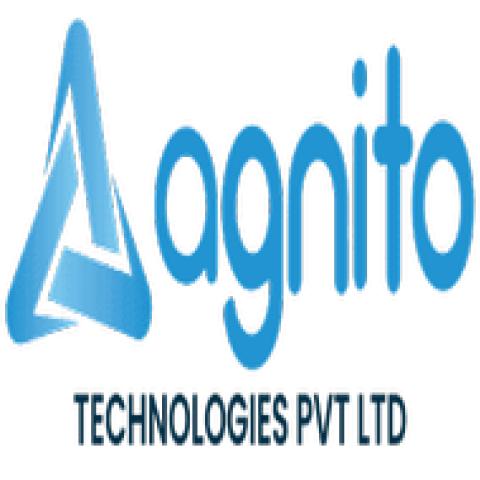Software architecture services refer to professional services focused on the design, planning, structuring of software systems. These services ensure that software solutions robust, scalable, maintainable, and aligned with business goals. Here’s an overview of what software architecture services typically involve:
Key Components of Software Architecture Services
1. Requirements Analysis
- Business Requirements: Understanding the business goals and objectives that the software must.
- Technical Requirements: Identifying the technical needs, constraints, and dependencies of the project.
2. Architectural Design
- System Design: Defining the overall system structure, including modules, components, and their interactions.
- Technology Stack Selection: Choosing the appropriate technologies, frameworks, and tools to be used in the development process.
- Data Architecture: Designing the data models, databases, and data flow within the system.
- Integration Architecture: Planning how the system will integrate with other systems and services.
3. Documentation
- Architectural Diagrams: Creating visual representations of the system architecture, including flowcharts, UML diagrams, and network diagrams.
- Technical Documentation: Preparing detailed documentation that describes the architecture, design decisions, and implementation guidelines.
4. Prototyping and Proof of Concept (PoC)
- Prototyping: Developing a preliminary version of the system to validate the design and gather feedback.
- PoC: Implementing a small-scale version of the system to demonstrate its feasibility and performance.
5. Performance and Scalability Planning
- Performance Analysis: Assessing the system’s performance requirements and designing for optimal performance.
- Scalability Design: Ensuring the system can handle increased loads and can be scaled horizontally or vertically as needed.
6. Security Architecture
- Threat Modeling: Identifying potential security threats and vulnerabilities.
- Security Design: Implementing security measures such as encryption, authentication, and authorization to protect the system.
7. Quality Attributes and Non-Functional Requirements
- Reliability: Ensuring the system is dependable and can recover from failures.
- Maintainability: Designing for ease of maintenance and updates.
- Usability: Ensuring the system is user-friendly and meets user expectations.
8. Implementation Support
- Guidance and Oversight: Providing ongoing support and guidance during the development process to ensure adherence to the architectural design.
- Code Reviews: Conducting code reviews to ensure the implementation aligns with the architectural guidelines.
9. Evaluation and Optimization
- Performance Testing: Conducting tests to evaluate the system’s performance and identify bottlenecks.
- Optimization: Making necessary adjustments to improve performance, scalability, and overall efficiency.








